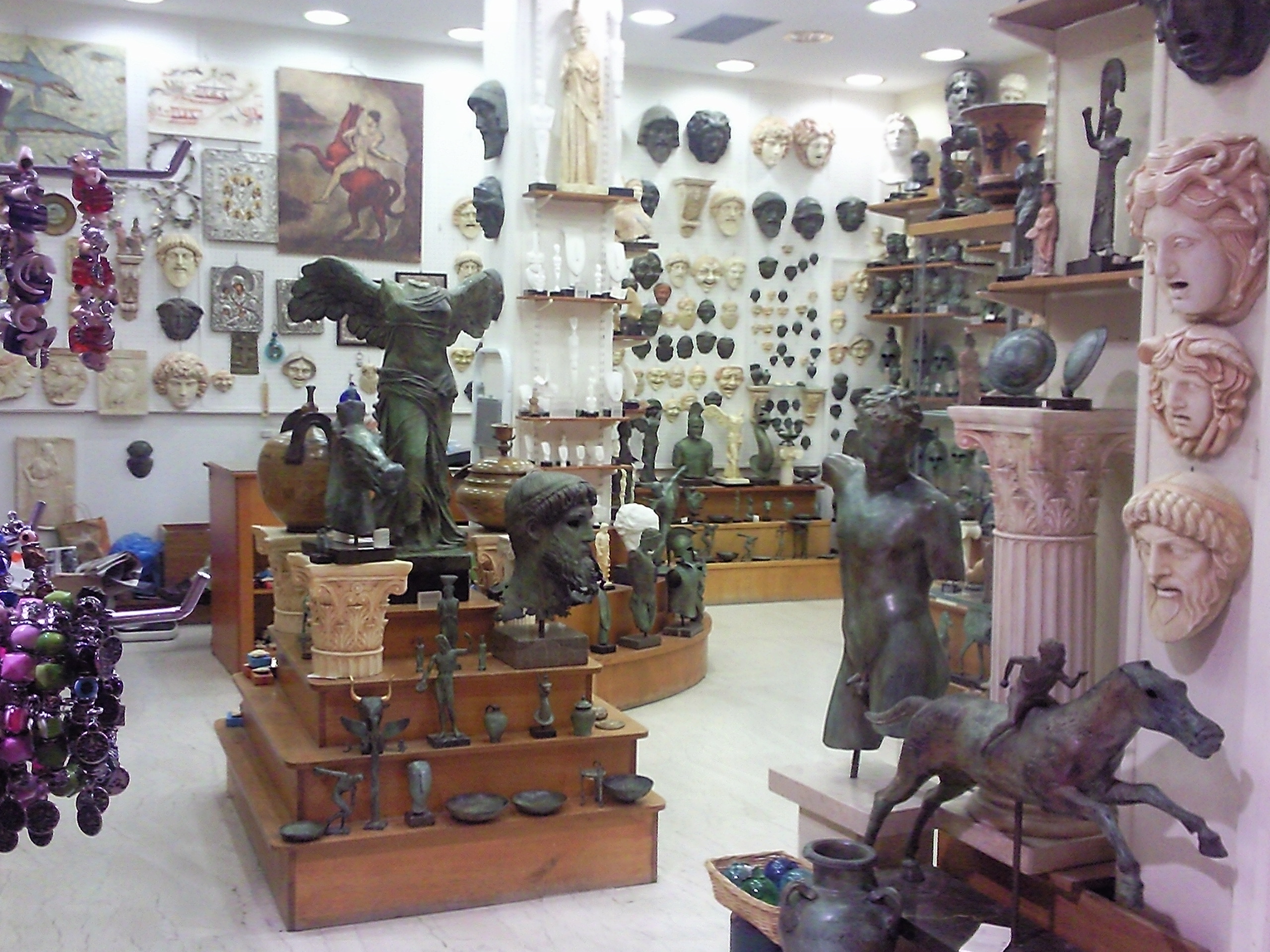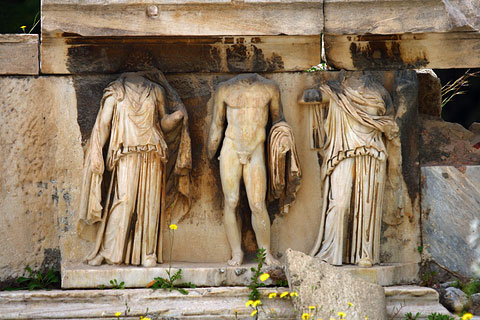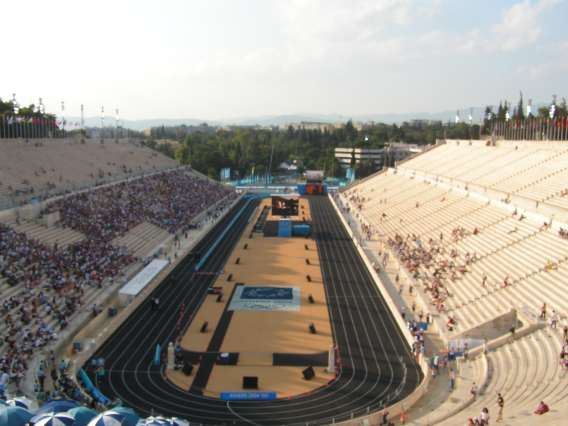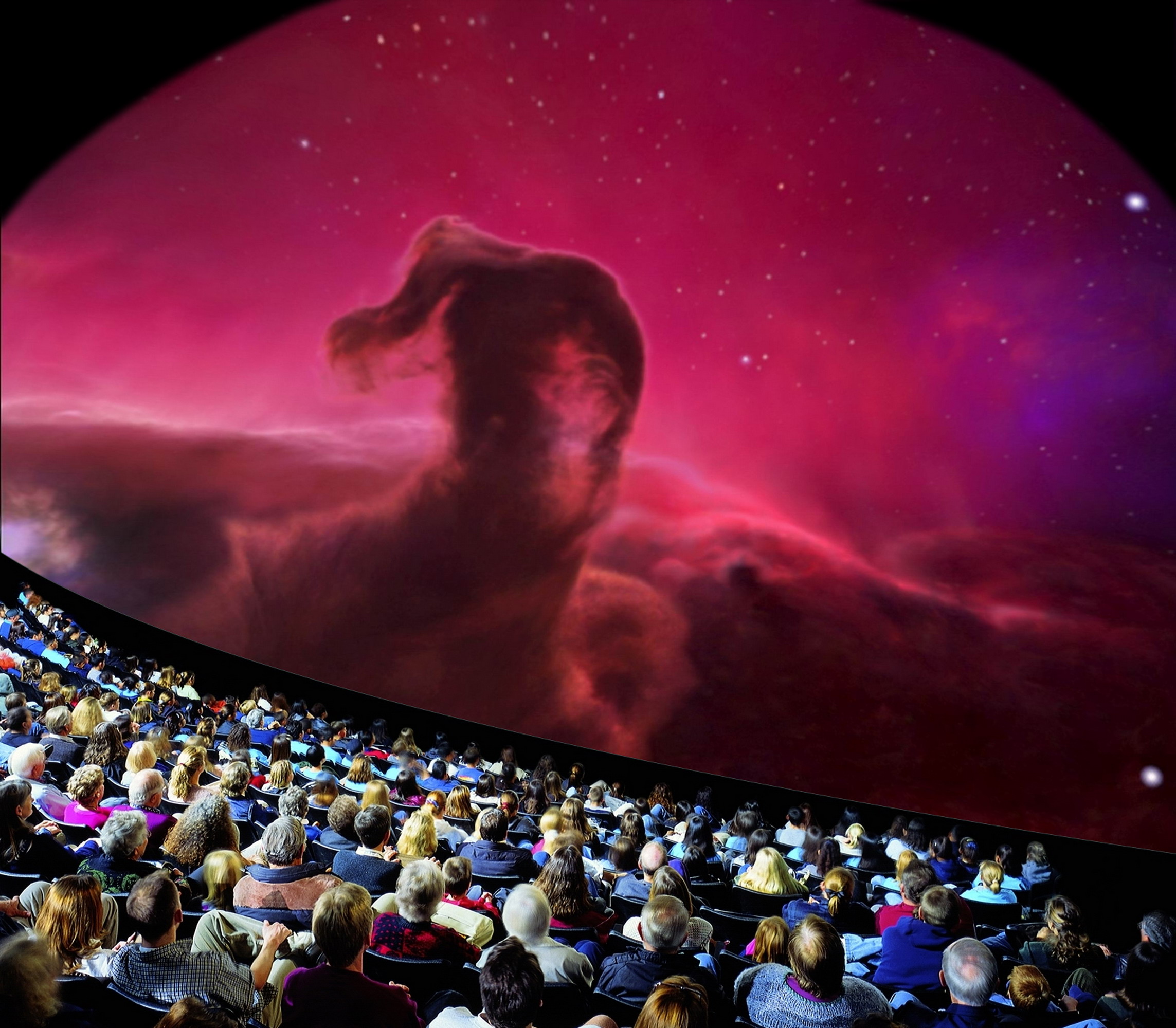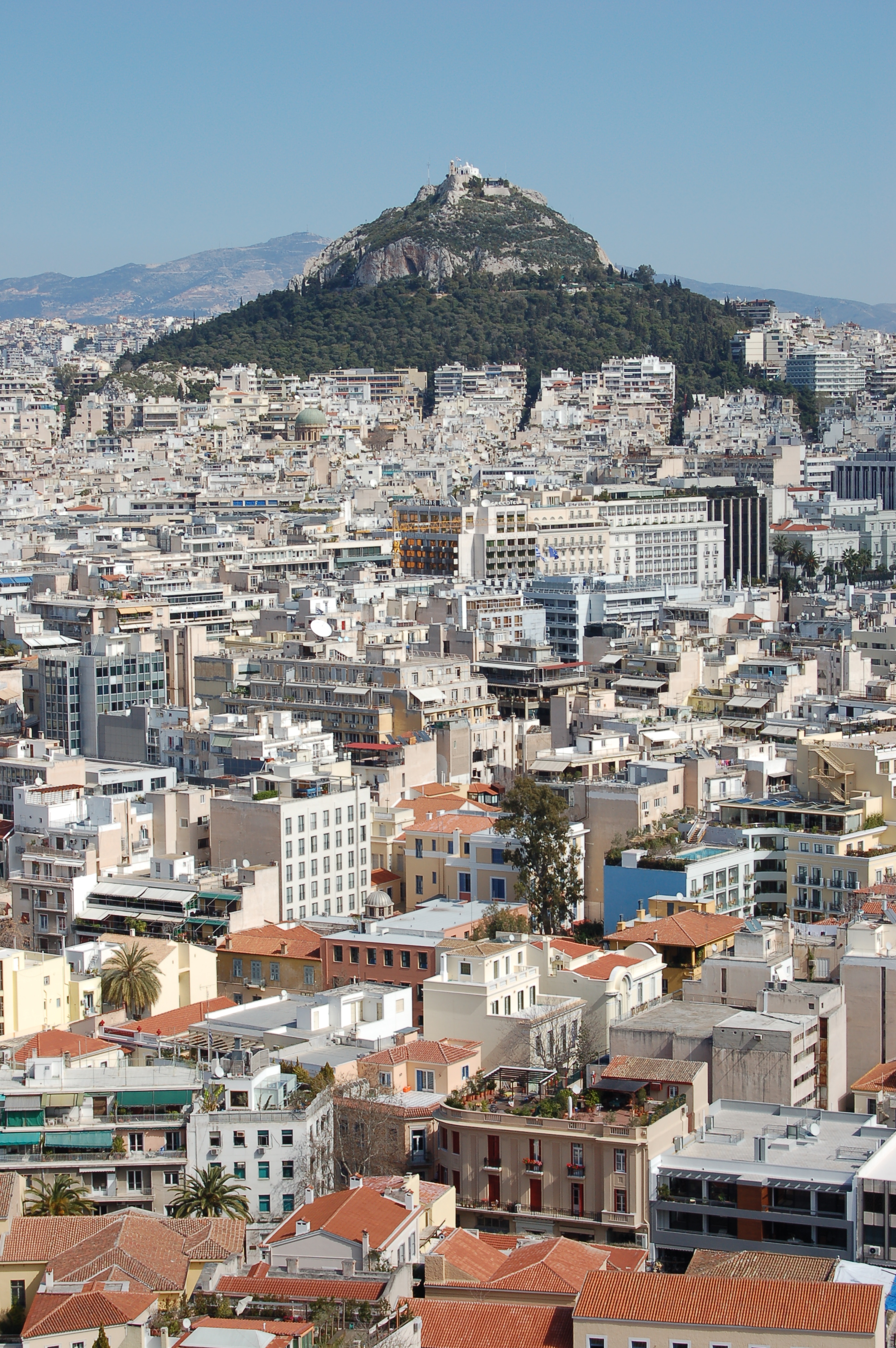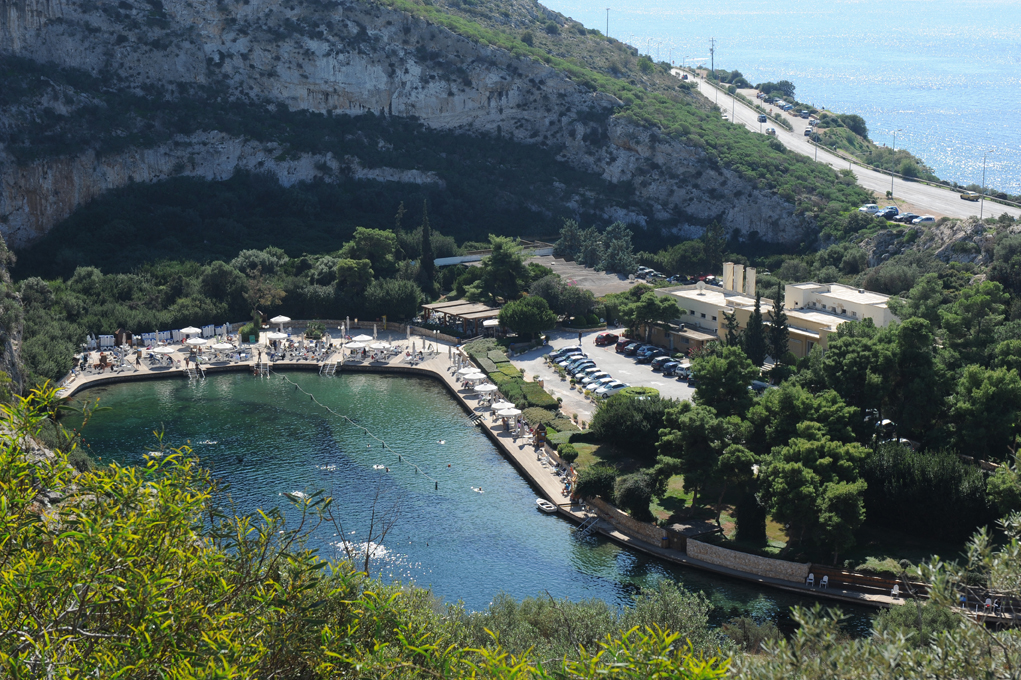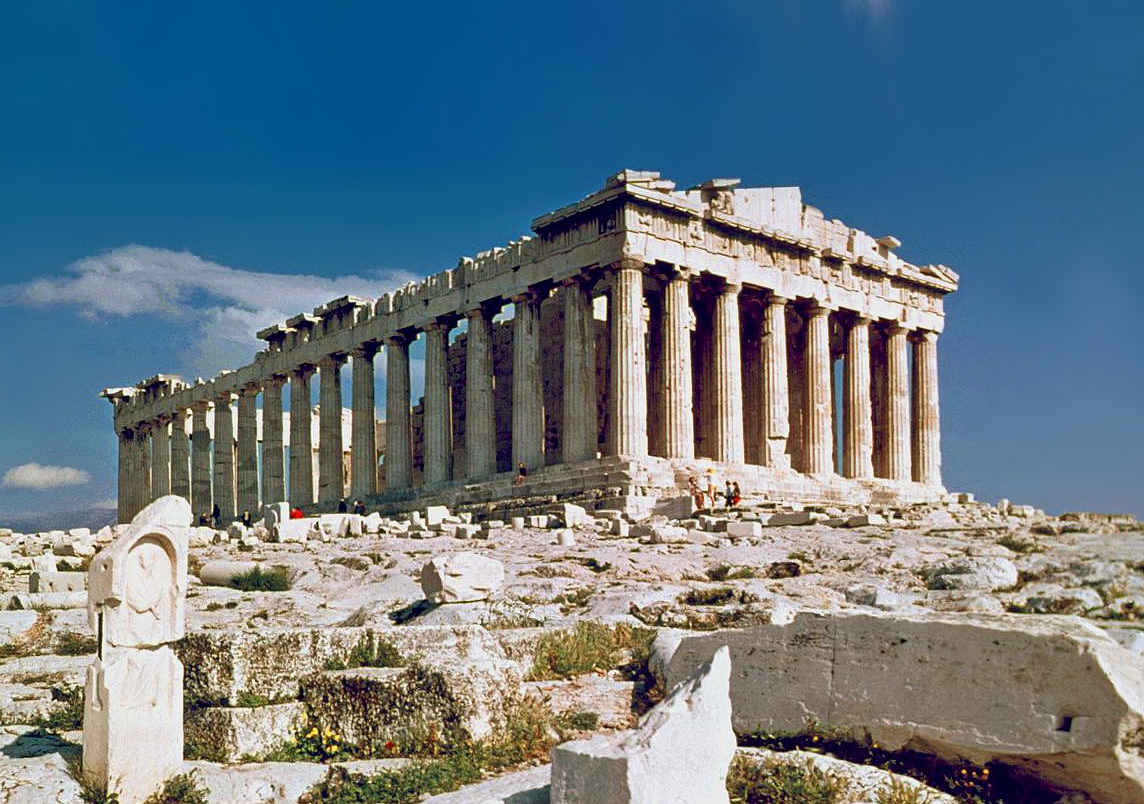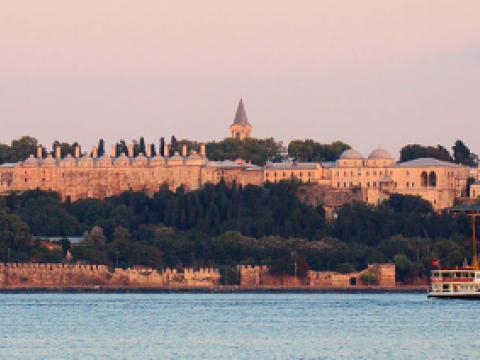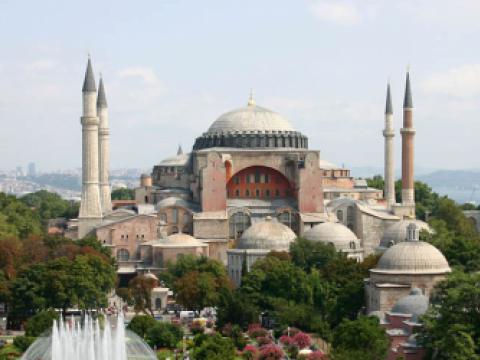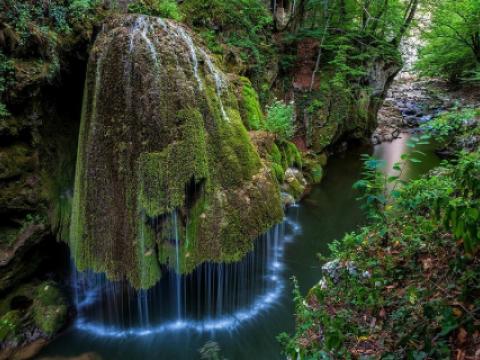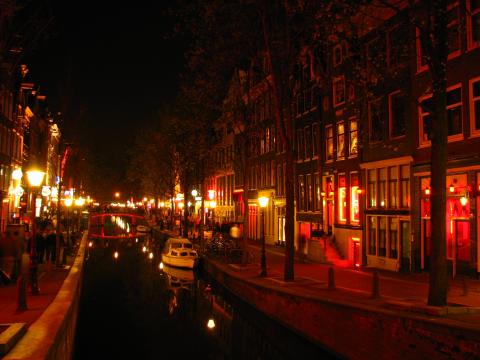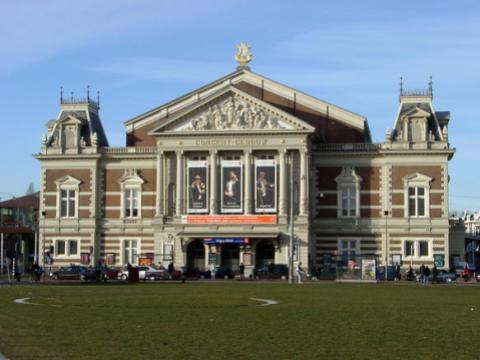Location
Plaka
Location
Greece is famous for its small villages with historical neighborhood, labyrinthine streets and neoclassical architecture. Plaka is a sort of village inside the city of Athens. Built on top of the residential areas of the ancient town of Athens, it is also known as “The Neighborhood of the Gods” due to its proximity to the Acropolis and its many archaeological sites.
Theatre of Dionysus
Location
It is a worldwide famous fact that Greece represents the source of the theatre tradition. It all began with festivals honoring the Greek gods. One of them, Dionysus, was honored with a festival called City Dionysia during which men used to perform songs to welcome Dionysus. That is why we are not surprised that they named a theater after the mentioned god too.
Panathenaic Stadium
Location
Athens is not all about history, culture and food. Sport was a very important activity for the antic Greek citizen.
Reconstructed from the remains of an ancient Greek stadium, the Panathenaic Stadium or Panathinaiko, is the only major stadium in the world built entirely of white marble and is one of the oldest in the world. The enormous expense of its reconstructing was undertaken largely by the benefactor of the Nation, Georgios Averoff. His marble portrait statue, to the right of the entrance to the Stadium, was carved by the sculptor Georgios Vroutos.
Panathinaiko also hosted the first modern Olympic Games in 1896.
Athens Olympic Complex
Location
The Athens Olympic Games Complex includes the Olympic Stadium, the Olympic Hall roof, the Olympic Aquatic Center, the sixteen courts of the Olympic Tennis Center and the Olympic Velodrome. You can visit the facilities, take part in a game or just enjoy its majesty. A major boulevard called Central Axis organizes access to the various stadiums.
Unfortunately, most of its facilities were built exclusively for the Olympics Games in 2004 without any predefined plans for their future use. As a result, many of those facilities have been hardly ever used after the Games ended. This seems to be the story of the Olympic sites in general...
Planetarium
Location
In need of stargazing but weather too cloudy? --> Planetarium. The Athens Planetarium, located in Andrea Syngrou Avenue, is one of the largest and best equipped digital planetarium in the world with a massive 3 D 360-degree viewing screen. The planetarium is part of the Eugenides Foundation, a progressive scientific and educational institution.
The Ancient Agora
Location
One of the most important parts of Greek history was the political aspect of their life. The Agora (also known as Forum of Athens in older texts) was the heart of ancient Athens, the focus of political, commercial, administrative and social activity, the religious and cultural centre and the seat of justice. At the same time it is the best-known example of an ancient Greek agora.
Besides the historical aspect, it offers you a beautiful view of the hills in its surroundings: the hill of Areopagus on the south and the hill Kolonus Agoraios, also called Market Hill, on the west.
Mount Lycabettus
Location
Mount Lycabettus is one of teh best panrama oints to view the whole city of Athens. The cretaceous limestone hill is 277 meters above sea level and the is highest point of Athens. On top of the hill you can find the 19th century Chapel of St. George, a theatre and a restaurant.Greek legends know that Mount Lycabettus was created when Athena dropped a mountain she had been carrying from Pallene for the construction of the Acropolis.
The hill is fairly popular and can be ascended by the Lycabettus Funicular, a funicular railway which climbs the hill from a lower terminus at Kolonaki (the railway station can be found at Aristippou Street).
Lake Vouliagmeni
Location
The Lake Vouliagmeni (Sunken Lake) is a unique oasis in an unusual landscape fairly close to Athens.
It is situated immediately to the south of town and very close to the sea. Overall one can describe it as a small brackish water lake fed by underground currents seeping through the mass of Mount Hymettus. It was once a large cavern that collapsed following an earthquake, probably during the early Middle Ages. The outline of the collapsed cavern roof can be clearly discerned from a distance. The lake stands at a 40 cm elevation, and its water maintains a constant 24 degrees Celsius temperature year round and functions as a spa.
Klimataria
Location
Taste the local flavors of Greece in this small but cute restaurant. Besides the great food, you can take part in a cooking class carried out by the owner, Maria. She is famous throughout Athens for her traditional family Greek cooking. Under her watchful eye, you will prepare authentic Greek dishes and sit down to feast with fellow food-lovers.
On sundays there is live music and the wine is served from the barrel.
Acropolis&Parthenon
Location
You donʼt really get the feeling that you are in Athens until you visit the Acropolis of Athens, an ancient citadel located on a high rocky outcrop above the city and containing the remains of several ancient buildings of great architectural and historic significance. Although there are many other acropoleis in Greece, the significance of the Acropolis of Athens is such that it is commonly known as ‟The Acropolis” without qualification. Archeological researchs stated that the entrance to the Acropolis was a monumental gateway called the Propylaea.







